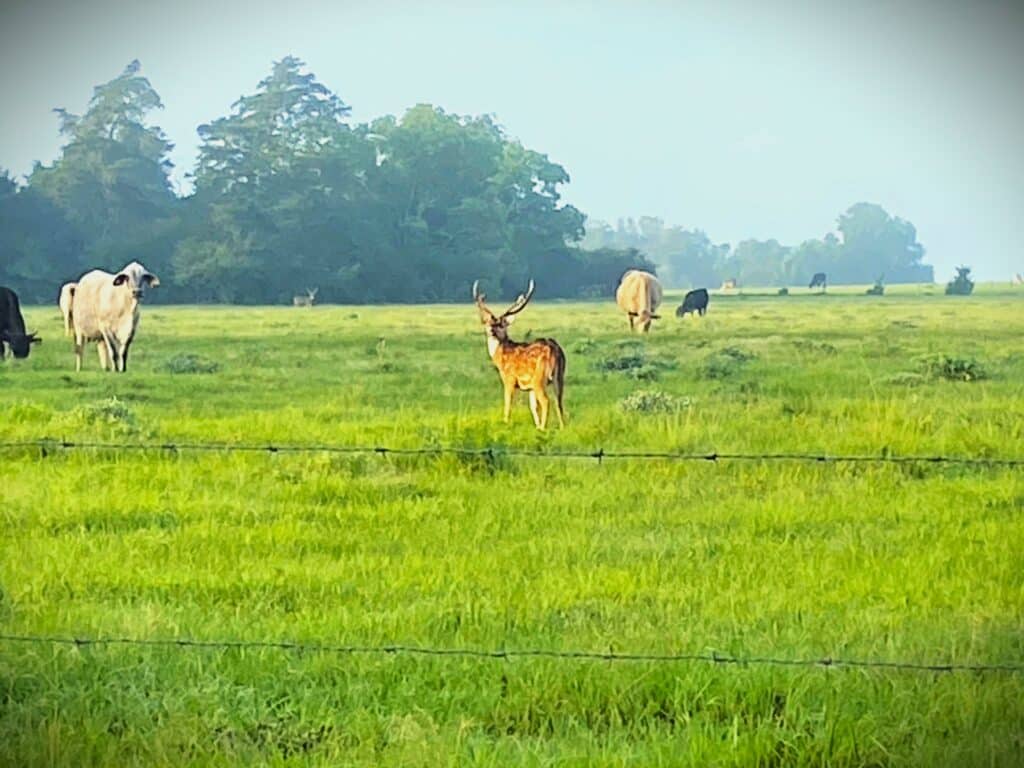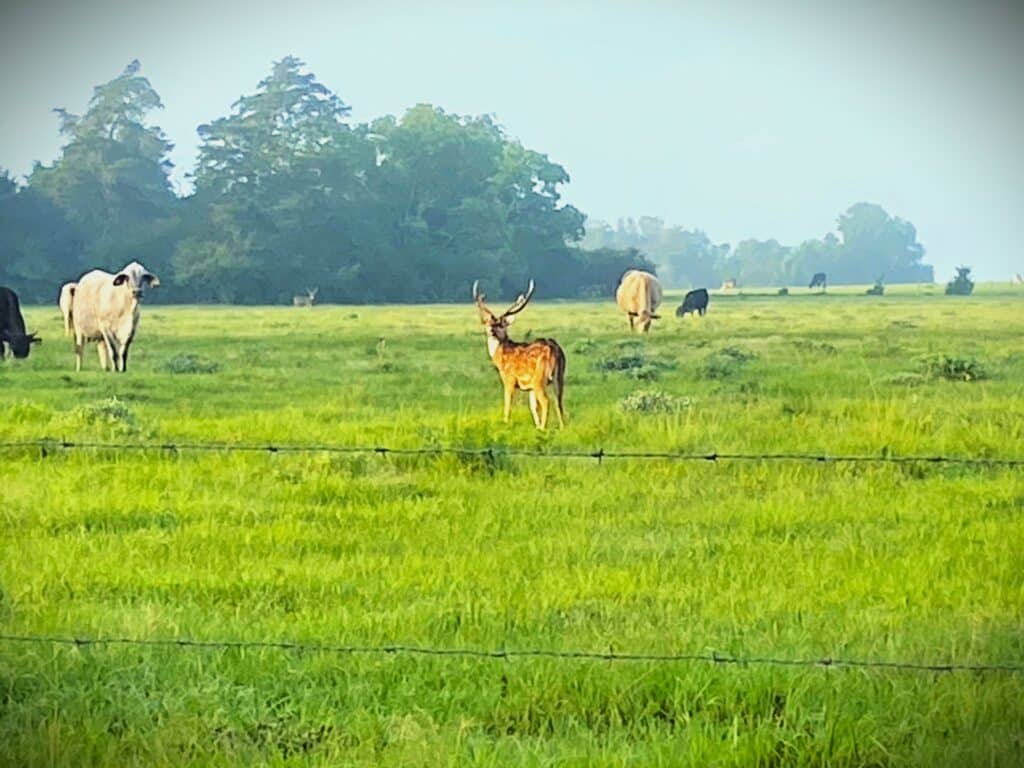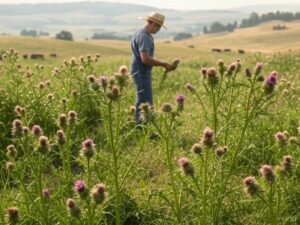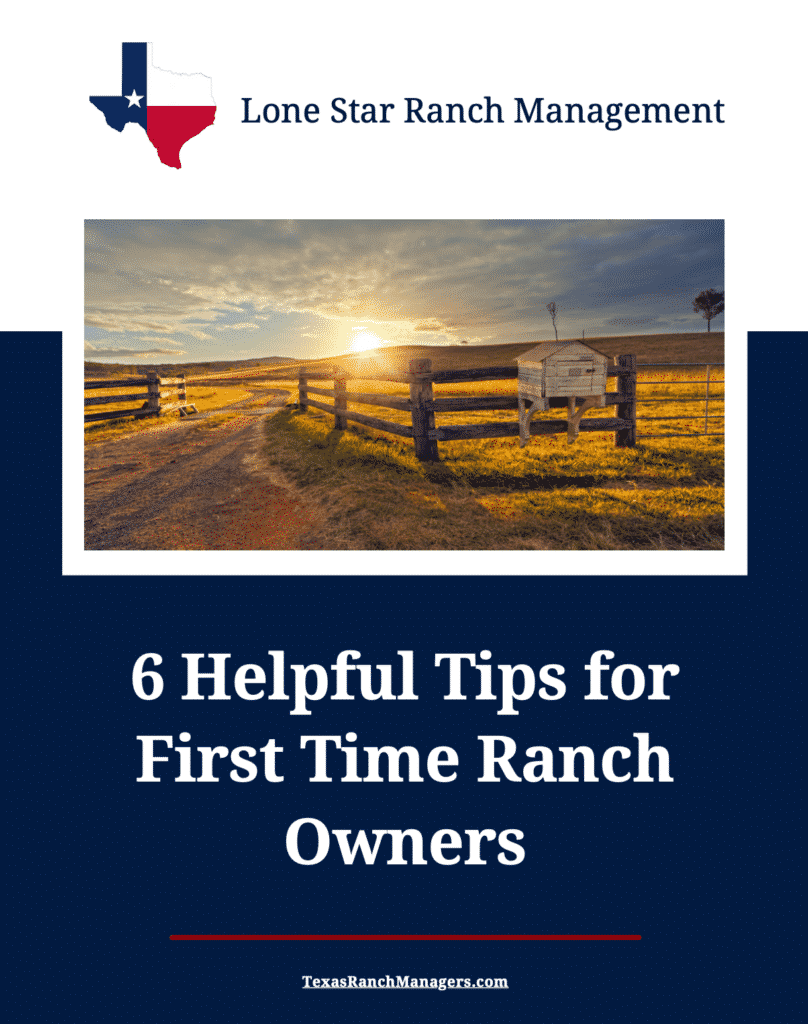
What is the difference between an agricultural and wildlife appraisal, what are the qualifications and which one might be the right choice for you?
Prices and cost of living across our country have skyrocketed, and that includes property taxes. Owners of large parcels of land are being exceptionally hit hard. To alleviate some of the burden, filing for either an Agricultural (Ag) or Wildlife Management Status might be a viable option. However, determining which option is best can be challenging and confusing, so keep reading to see a simple explanation of each and to figure out which one might be the right choice for you.
What is a Texas Ag Status?
Most people think that when you claim an Agricultural Status, you are getting a tax exemption on your property from the state of Texas, but what you are really getting is a special appraisal based on its potential to be used for agricultural purposes or its potential to generate agricultural products.
The value will be assessed only on the land, fences, and some appurtenances (accessories) and not on improvements or equipment.
What is a Texas Wildlife Management Status?
A Wildlife Management Status is a sub-category of the Agricultural Status. The land’s primary use should be for breeding, migrating, or wintering native wild animals for human use with regards to medicine, food, or recreation. Unlike a Texas Ag Status, the wildlife appraisal does not require any farming or ranching activities.
What are the qualifications for a Texas Ag Status?
Landowners can choose from two options when applying for a special agricultural valuation. Each have their own specific qualifications.
- Open-Space Agricultural Use Appraisal (1-d) – Land must be owned by an individual or family and serve as their primary source of income or primary occupation. The property must have been used for agricultural purposes all three years prior to the application, Applications must be submitted every year.
- Capacity to Produce Agricultural Products (1-d-1) – Land can be owned by either individuals or a corporation and has no requirement of income source or occupation. Only five of the seven previous years need to have been devoted to agricultural production. Applications are resubmitted only when ownership changes or status period ends.
After deciding which status to claim, the property owner must file the appropriate application with their county appraisal office by May 1st.
What are the qualifications for the Texas Wildlife Management Status?
The biggest requirement for the Wildlife appraisal rate is that the property must already be approved for the 1-d-1 status described above (Timber appraisal properties and 1-d properties do not qualify.). Then, in order to switch to a wildlife status, the property should meet the following criteria:
- Must sustain breeding, migration, or wintering of native wild animals
- Must be for human use for food, medication, or recreation (examples: bird watching, photography, or just enjoying the land)
- Must conduct at least three of these seven activities: Habitat Control, Erosion Control, Predator Control, Providing Supplemental Supplies of Water, Providing Supplemental Supplies of Food, Providing Shelter, or Census Counting for Population Numbers
What are the pros and cons of a Texas Ag Appraisal or a Texas Wildlife Appraisal?
PROS
The most obvious advantage of filing for an agricultural or wildlife status is that you can have much lower appraisal values of your property. In addition, you will be able to access resources and guidance from TPWD and other state agencies. The wildlife status also requires less out of pocket costs and property upkeep compared to the 1-d and 1-d-1 statuses.
CONS
The downside to claiming these statuses is that as the owner, you are required to complete the required application and submit it yourself to your county appraisal office by required deadlines. Furthermore, you must create management plans that you maintain appropriate records and documentation for throughout the status period. Lastly, if you cancel the property’s approved status during the assigned time period, you are subject to tax penalties.
Which Texas appraisal status should you choose?
Selecting which status to claim is a major decision for any Texas landowner. To decide which Texas Tax Appraisal Status is right for your property, you need to first determine your property goals.
Lone Star Ranch Management is here to help you through the process. Contact us at 979-253-9662 or at ryan@texasranchmanagers.com to get started toward saving money and effectively managing your property.
After you have taken the step to being classified as an agricultural property or a wildlife management property, you will not only benefit from a lower tax appraisal, but you will also be providing valuable services for Texas residents and for wildlife.
Additional Resources
Texas Comptroller: Agricultural, Timberland, and Wildlife Management Use Special Appraisals
TPWD: Agriculture Property Tax Conversion for Wildlife Management






